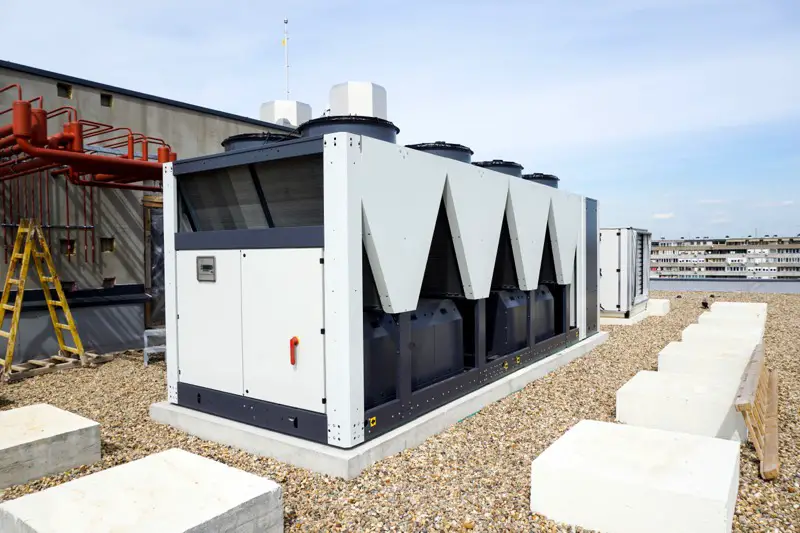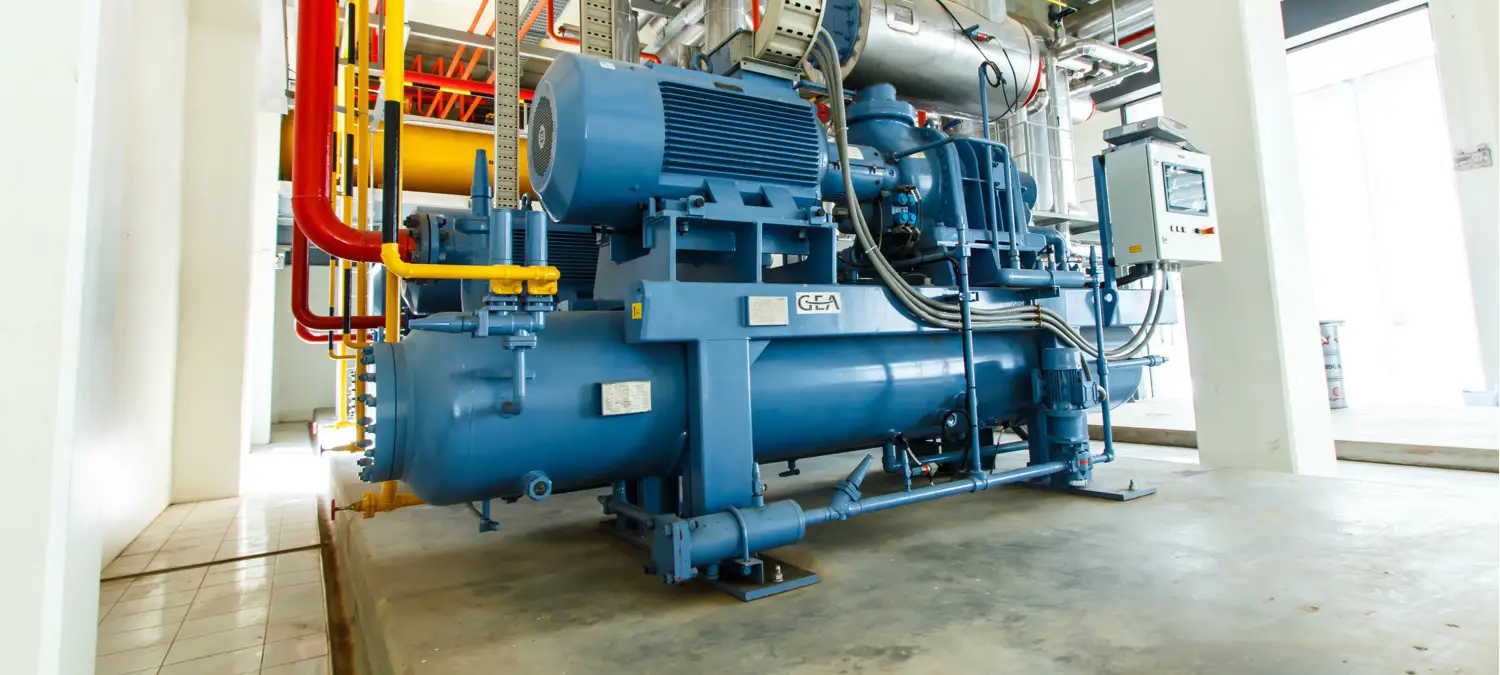How To Choose An Industrial Chiller
Industrial chillers are essential in many industries, including some warehouses, that require refridgeration. Primarily, they’re necessary for lowering machinery, workspace, or fluid heat. These machines are vital in regulating the industrial space temperature to maintain the standard running production. Some industries using these chillers are food processing, injection molding, die-casting, and machine tooling.
If you’re planning to buy an industrial chiller, you may want to consider several factors first when choosing one. To ensure that the equipment you purchase will last long and function well, look into the tips included in this article:
1. Determine The Heat Load And Industrial Space
The heat generated by the application is one of the major factors to consider when choosing the type of chiller. Usually, the information for it is provided by the maker of the equipment. Yet if not, you may need to compute the expected heat load. To do so, you would have to identify what produces heat in an industrial space and collectively assess the accumulated heat.
Whether you’re opting to buy a brand-new industrial chiller or are looking into used industrial chillers for sale, checking the heat load matters. Make sure to select what can cool down your equipment or industrial space whenever they heat up drastically.

2. Consider The Coolant
After you have determined the heat load, you also need to consider the coolant. It refers to the fluids used to regulate the machinery’s temperature. It may either work to anti-freeze or counter the extreme heating. However, you have to ensure that the appropriate temperature and flow rate of your coolant is applied.
Overall, coolant plays a role in the chiller’s capacity to remove heat. To know more about the standard coolants used in industrial chillers, here are some of them:
- Water: It’s a non-toxic and low-cost fluid effective in the cooling process. Yet, it causes corrosion and could be a burden in the maintenance of the chiller.
- Norflurane or Freon 134A: It’s non-combustible and low-toxic. However, its supply has dwindled because of its impending phaseout in the market. This may be due to its potential ozone depletion properties.
- R744 C02: It’s non-toxic and non-combustible but poses security risks and requires high maintenance.
- R717 Ammonia: It’s considered the most efficient among the coolants because it has the highest heat absorption rating. However, it is highly toxic.
- Propane: It’s environment-friendly but is highly combustible.
There are other types of coolants that you may choose from. As you can see, each has its pros and cons. Yet, in choosing one, consider the existing risks in your workspace. Are there elements that could trigger fire incidents or explosions? Is your space protected enough against toxicity?
Once you’ve determined the answers to these questions, pick your coolant according to these considerations.
3. Assess The Work Environment
Consider where you’ll install the chiller. If you use it indoors, you’re likely to have a higher temperature. In addition, your space may be messier. On the other hand, outdoor use is expected to have lower temperatures and a cleaner workspace. Yet, it may need an extra installation of air filters and heaters.
4. Evaluate The Chiller Efficiency
In most cases, chillers working at a peak performance of 70 to 75 percent load are known to be the most efficient. It would also help to look into the chiller performance curves or how chillers invariably respond to loads and heat rejection fluid.
Chiller efficiency doesn’t just refer to the capacity and power of the chiller in one particular period but also in a sustained time. Before buying one, you may check or anticipate how the chiller would fare in the long run. You may want to check reviews about a particular model or type. Also, you may visit an online forum about chillers to see the comparison between brands and makes.
5. Look Into The Pump Performance
Aside from the chiller performance, it would be best to check the pump performance as well. It refers to how the chiller provides the pressure necessary for the flow rate and application. It also involves the length of flow paths that could affect the overall pressure and losses.
6. Check The Maintenance Needs
Before you buy one, you need to consider the ease of cleaning, availability of replaceable parts, and complexity of basic troubleshooting. These are necessary to maximize industry space costs and use. To have an idea of how you would clean and maintain the chiller, here are some of the things you could do:
- Inspect the inlets for possible leaks
- Let the chiller run and check the vibrations
- Inspect the oil levels
- Ensure that ease of cleaning of each major part
- Check if the filters are cleanable and replaceable
- Examine the cleaning condenser tubes and evaporator tubes
7. Consider The Portability
Portability may play a role in the ease of use. If your industry space is limited, you may opt for a mounted or the primary type. Many industry owners also choose mounted types if they aim to cool an entire building. On the other hand, if you’re looking to service one specific machine, you may choose among the portable types.
8. Check The Noise Level
While most, if not all, chillers produce loud noises and vibrations, some of them make more bearable hums. Generally, portable chillers have lower noise levels than mounted types. While some prioritize the noise level of the chillers, others still put efficiency on top of every consideration.
Wrapping Up
The points in this article are just some of the many considerations you could look into before purchasing an industrial chiller. Examining the heat load, type of coolant, work environment, and chiller efficiency is critical. Yet aside from these, you may also check the chiller’s pump performance, maintenance needs, portability, and noise level.
If you’re planning to buy and install a chiller for your business, make sure to assess your needs first. You wouldn’t want to buy a chiller that underloads. In addition, a chiller with a high capacity only to be used in cooling one tiny machine might not be what you need. To avoid these cases, you may always reread this article and apply the helpful tips in buying an efficient industrial chiller.


